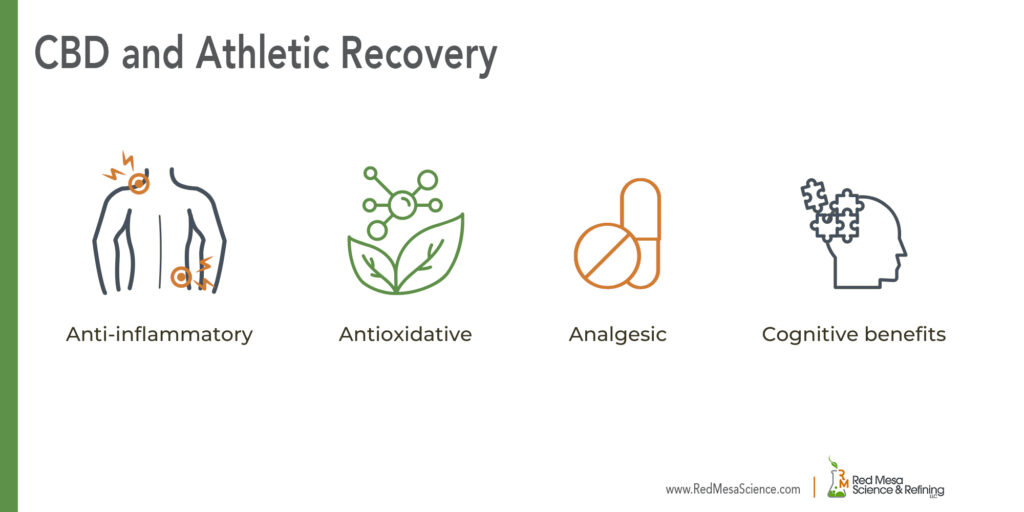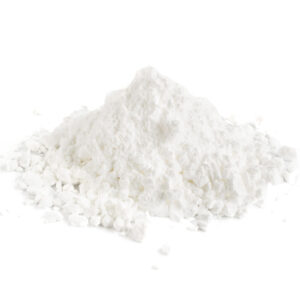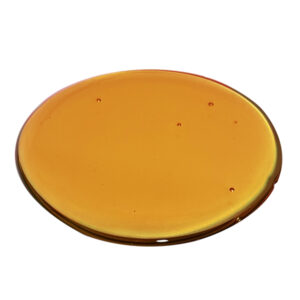How Does CBD Enhance Athletic Recovey?
Preliminary studies report that CBD shows promise in treating various health conditions (i.e., pain, inflammation, anxiety, and sleep disorders) and addressing common areas of athletic recovery, such as inflammation, muscle soreness, and joint pain.1
In the past 30 years, there have been many scientific research studies involving boosting athletic performance by employing the most effective training strategies. Athletes must train hard. But maximizing their performance capacity requires more than just a physical workout. To prevent maladaptation to the intense physiological and psychological stressors that often result from regular athletic training, it is also necessary to strike a proper balance between training and recovery.2
CBD may help facilitate athletic recovery. Cannabidiol (CBD) supplementation is a relatively new option that mimics the body’s own natural system of healing, called the endocannabinoid system (ECS). Learn more about the ECS here.
Table of Contents
What is Athletic Recovery?
Recent sports-related research has focused on the importance of the recovery period, and how it influences many aspects of performance, including the cognitive, physiological, and psychological levels. Coaches and athletes have adapted many recovery strategies as part of a general exercise regime. Common factors that must be identified and managed for optimal recovery include: 3
- Pain
- Weakness
- Fatigue
- Inflammation
- Loss of mobility
- Decreased force generation
- Other factors
What is Involved in Athletic Recovery?
An athletic workout causes damage to the muscles and tissues on a microscopic level, particularly when a person performs a rigorous workout. This inflammatory process normally results in muscles and tissues being repaired; the tissues grow back even stronger, and muscles develop and become more toned. But when excessive inflammation is left unchecked, it can lead to exercise-induced muscle damage (EIMD) and ineffective performance. 4
Repetitive athletic training and competition can cause physiologic changes that often results in a decrease in athletic performance, including: 2
- Structural protein disruption in connective tissues and muscle fibers
- Tissue inflammation
- Increased fatigue
- Delayed onset muscle soreness (DOMS)
Optimizing the recovery period is therefore essential to effectively manage muscle damage and alleviate pain, inflammation, and fatigue.2 Optimization of an athlete’s recovery period often results in less fatigue, optimal performance, and a lower risk of sports-related injuries. 2
Why CBD Now?
The World Anti-Doping Agency is an international organization that regulates the use of certain substances in world-wide sports competitions. The rules are initiated by the International Sports Federations (IFs) and National Anti-Doping Organizations (NADOs).
In 2018 the World Anti-Doping Agency eliminated cannabidiol (CBD) from its list of prohibited substances for athletes. 3
Unlike other cannabis products that contain THC, the psychoactive component of the plant, the phytocannabinoids in hemp have very little (i.e., below 0.3%) THC. Very low levels of THC means that a person cannot get high from taking hemp derived CBD. Learn more about the function of phytocannabinoids in the body here.
Over recent years, many natural, plant derived products have been studied for their effects on promoting the athletic recovery process, these include those that have properties such as: 3
- Antioxidative
- Analgesic
- Anti-inflammatory
- Cognitive benefits (to help overcome exercise-related fatigue)
Because CBD has been shown in preliminary research studies to have all these benefits, and is readily available, CBD may be a good option for many athletes.

The Role of Cannabidiol in Athletic Recovery
Studies
A 2020 Narrative Review on Anti-inflammatory Effects
According to a 2020 narrative review, anti-inflammatory effects have been shown at higher dosages (e.g., above 10 mg of CBD per kg of a person’s body weight). 1 The 2020 review study found that as much as 60 mg per kg of body weight of CBD was effective for muscle-specific inflammation, improved muscle coordination and strength, and reduced tissue degeneration. 1
A 2021 Narrative Review on Athletic Recovery
Although CBD has limited research showing its specific properties can help recovery management for athletes, it has been found to help treat anxiety, chronic pain, spasticity, mood and sleep disorders. 3 CBD also has strong antioxidant properties. 3 According to the study authors in a 2021 narrative review of the study literature, “These effects [i.e., the therapeutic effects of CBD] could improve and accelerate recovery caused by a prolog or intense physical, physiological, and cognitive efforts as in sports.” 3
Preliminary Studies
In preliminary research studies, cannabidiol (CBD) has been found to modulate the inflammatory processes. CBD, use in preclinical models of acute inflammation has been shown to stimulate the production of anti-inflammatory cytokines, inhibit the production of pro-inflammatory cytokines and slow down the accumulation of immune cells (e.g., lymphocytes, neutrophils and macrophages). 1
CBD also has a strong antioxidant effect, lending itself to a decrease in inflammation by inhibiting the reactive oxygen species (ROS), commonly referred to as “free radicals.” 1
How to Source CBD
Depending on availability, consumers will encounter a variety of CBD product formats that include tinctures, creams, salves, gel caps, capsules, edibles, vapes etc. Each of these carries its unique advantages, catering to the specific needs and preferences of the athlete.
Whatever the format, the sourcing of the cannabidiol (CBD) raw ingredient is essential to consider. To ensure the highest standards of quality and safety, it is imperative that the CBD listed on the product label originates from a trustworthy source with final Certificates of Analysis (COAs), ideally provided by an ISO 17025 independent third-party lab, confirming the product’s potency and purity.
The manufacturing of consumer CBD products begins with CBD raw ingredients originating from the hemp plant, either CBD Isolate or CBD Distillate.

CBD Isolate powder is the purest form of CBD. THC-free, CBD Isolate is a cannabidiol raw ingredient, composed of 99% or more pure CBD (Learn More). This ensures users receive the maximum potential benefits of CBD without THC.

On the other hand, CBD Distillate can be either Full Spectrum Distillate or Broad Spectrum Distillate, resulting in a product that combines CBD with other cannabinoids. This creates a synergistic blend of cannabinoids, which some researchers believe may enhance the overall effectiveness of CBD.
Understanding these distinctions empowers consumers to make informed decisions in their CBD journey, allowing them to select products that align with their health goals and lifestyle preferences. By choosing wisely, they can fully harness the potential benefits that the world of CBD has to offer.
Resources
- McCartney D, Benson MJ, Desbrow B, Irwin C, Suraev A, McGregor IS. Cannabidiol and sports performance: a narrative review of relevant evidence and recommendations for future research. Sports Med – Open. 2020;6(1):27.https://doi.org/10.1186/s40798-020-00251-0
- Dupuy O, Douzi W, Theurot D, Bosquet L, Dugué B. An evidence-based approach for choosing post-exercise recovery techniques to reduce markers of muscle damage, soreness, fatigue, and inflammation: a systematic review with meta-analysis. Front Physiol. 2018;9:403. https://doi.org/10.3389/fphys.2018.00403
- Rojas-Valverde D. Potential role of cannabidiol on sports recovery: a narrative review. Front Physiol. 2021;12:722550. https://doi.org/10.3389/fphys.2021.722550
- Fernández-Lázaro D, Mielgo-Ayuso J, Seco Calvo J, Córdova Martínez A, Caballero García A, Fernandez-Lazaro C. Modulation of exercise-induced muscle damage, inflammation, and oxidative markers by curcumin supplementation in a physically active population: a systematic review. Nutrients. 2020;12(2):501. https://doi.org/10.3390/nu12020501
Contributing Author: Sherry Christiansen


